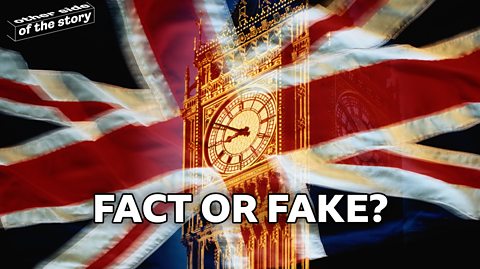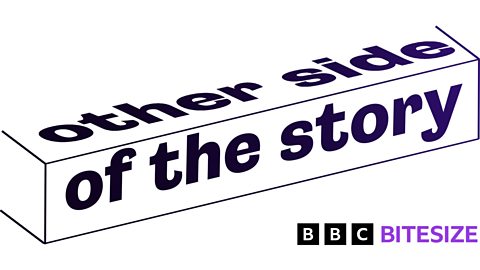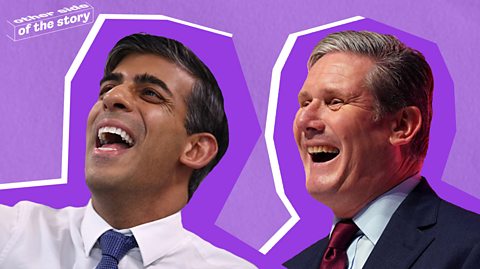
As the UK General Election gets closer, the digital battle is heating up across social media.
It’s reported that more than £3.4 million pounds has been spent on social media ads by political parties since the election was called in May. The Labour Party have spent around £1.8 million and the Conservatives more than £1.1m on Meta ads alone, according to figures from the non-profit campaign spending group Who Targets Me.
The hashtag #RishiSunak has been viewed 64 million times on TikTok, with half of those views coming from first time voters aged 18-24. But in terms of individual videos, it's Labour in the lead on the view front, with one Cilla Black inspired TikTok raking in over 5.1 million views, almost a million more than the Tories' best performing video.

What are the most viewed Labour and Conservative posts?
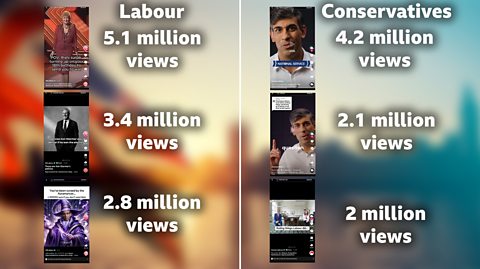
The parties have had most success with content that is explicitly relevant to younger voters, be that focusing on policies relevant to young people, or memes that are more in line with what they'd usually share.
Two of Labour's three most viewed posts are memes, intended to be short, funny and enticing to share.
While two of the Tories' most popular posts are about National Service, a policy which directly impacts young people, with the other being a meme poking fun at the Labour Party.
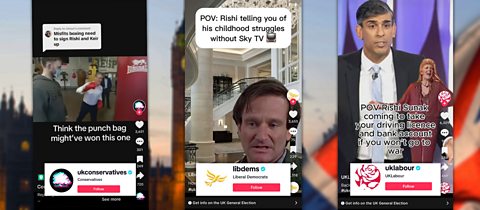
Humour and the dangers of misinformation
Young people are more likely to remember and share news delivered with humour, according to a 2021 study from the University of Pennsylvania and Ohio State University. But humour can sometimes lead to the spread of misinformation, which is when news has been taken out of context without realising, or to accidentally give someone the wrong information.
Sharing fake clips deliberately – knowing that it's false – is known as disinformation.
It's important that you know what to look for when spotting fake news during the general election and not to share something just because it makes you laugh.

How to navigate the noise
With all the mocking, memes and misinformation floating around your socials, it’s crucial to stay informed and think critically. Here are some tips:
- Check Multiple Sources: Research policies from reliable sources such as accredited journalists and trusted news organisations.
- Verify Facts: Use fact-checking websites, like ±«Óătv Verify, to confirm whether claims made in the videos are true.
- Think Critically: Remember that all parties are trying to win your vote. Be sceptical of overly dramatic or humorous takes on serious issues.
- Mix Up Your Feed: Follow different kinds of accounts, including reliable news sources, to get a full picture.
- Discuss with Others: Talk to friends and family with different viewpoints. This can help you see through the exaggeration and misinformation.
By keeping these tips in mind, you can enjoy the humour, memes and satire without being misled. Stay informed, check your facts, and keep an open mind to navigate through any political content effectively. If you want to get better at spotting fake news during the election, have a go at our AI or Real quiz.

Not sure if the news you’re seeing on social media is true or false? Can you always tell if the things you see online are real or fake? Learn how to get the other side of the story with our quizzes, videos and explainers.
